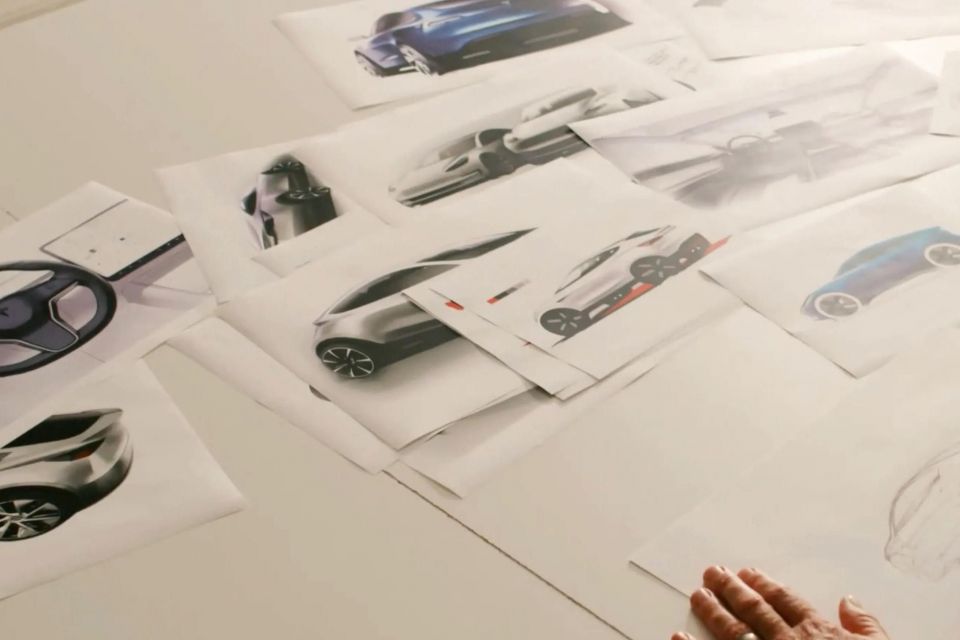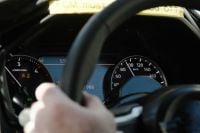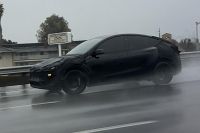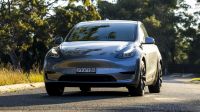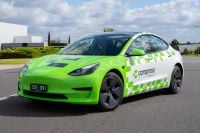
News Editor
Tesla reportedly won’t build an entry-level car after all.
Reuters reports word from three sources familiar with the company’s plans that the more affordable vehicle has been cancelled.
The news outlet also says it has seen internal company messages confirming the cancellation of the vehicle that would have rivalled a slew of low-cost Chinese models.
But Tesla CEO Elon Musk has criticised Reuters for this report, accusing the news service of lying – without specifying just what it’s allegedly lying about.
“Reuters is lying (again),” said Mr Musk in a post on his social media platform X (formerly known as Twitter).
He subsequently confirmed the company will reveal a robotaxi model on August 8, 2024.
This is reportedly set to use the same platform as the cancelled entry-level car for private buyers.
Tesla chief designer Franz von Holzhausen was asked about the Reuters report at a panel discussion, and also cast doubt on its veracity.
“I would just stay tuned,” said Mr von Holzhausen said during the discussion, in a video shared by X user BLKMDL3. “Just don’t always believe what you read.”
As recently as January, Mr Musk had told investors the company planned to start production of the affordable model at its Texas factory in the second half of 2025.
Two sources told Reuters they learned of the cancellation of the vehicle, referred to internally as the NV91 and with suppliers as H422, in a February meeting attended by scores of employees.
“Elon’s directive is to go all in on robotaxi,” one source said, despite such a vehicle posing greater regulatory hurdles.
Another source told Reuters the robotaxis will be produced in much lower volumes than had been projected for the Model 2.
Reuters reports it has seen company messages about the cancellation, including one dated March 1 from a program manager to engineering staff advising them to hold off on telling suppliers “about program cancellation”.
Another message seen by Reuters, sent on March 1, said that “suppliers should halt all further activities related to H422/NV91”.
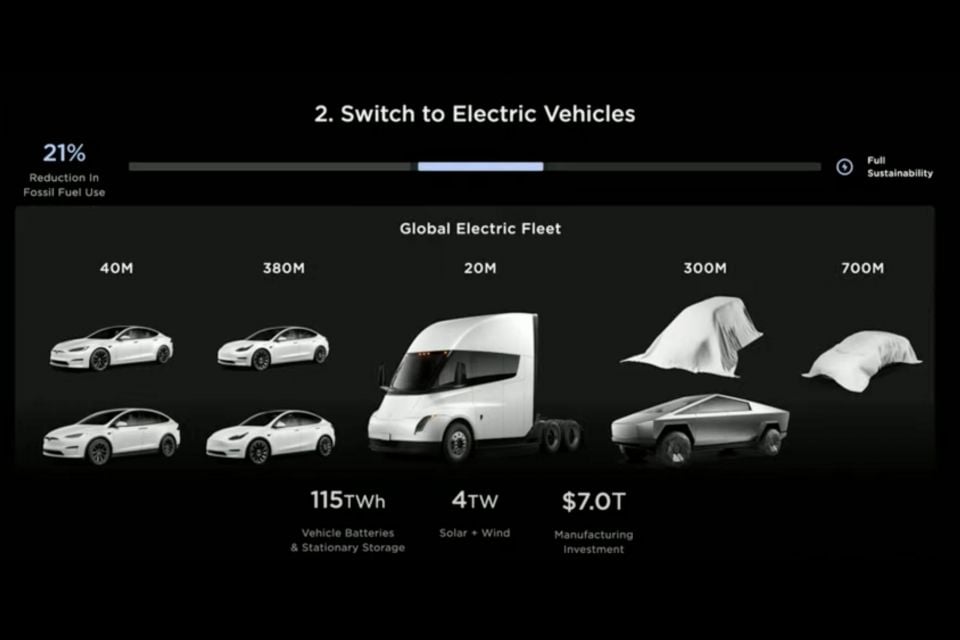
“I’d like to thank everyone for all your hard work and dedication to pushing boundaries and executing the best design possible given the aggressive constraints we had to work within,” said an internal message from a program manager sent to engineers on March 1 that was seen by Reuters.
“We would not want all our hard work to go to waste, so it’s important that we tie things off and document things properly.”
Messages seen by Reuters also show meetings on the project had been cancelled, while sources reportedly said some engineers had been reassigned.
In a biography on Mr Musk by Walter Isaacson, the Tesla CEO was said to have vetoed the idea of a circa-US$25,000 vehicle, arguing the robotaxi would make this car unnecessary.
According to the book, Tesla chief designer Franz von Holzahusen and engineering vice president Lars Moravy set about convincing Mr Musk in 2022 to continue with development of the project.
After reportedly presenting data to key executives, showing such a vehicle was needed to fuel annual sales growth of 50 per cent and could use the same platform and assembly line as the robotaxi, they met with Mr Musk.

“We want to make sure we are assessing the risk with you,” Mr von Holzhausen reportedly told Mr Musk.
“If we go down a path of having no steering wheel, and FSD [Full Self-Driving] is not ready, we won’t be able to put them on the road… our proposal is to bake them in right now but remove them when we are allowed to.”
The design boss suggested the driver controls could be “small” and removed “pretty easily”, and would allow Tesla to sell a vehicle sooner given the regulatory hurdles a robotaxi would face in myriad markets.
The chief designer was reportedly rebuffed by the CEO, who said, “No. No. No! No mirrors, no pedals, no steering wheel. This is me taking responsibility for this decision.”
“Let me be clear. This vehicle must be designed as a clean Robotaxi. We’re going to take that risk. It’s my fault if it f—s up,” Mr Musk reportedly told his executives.
“But we are not going to design some sort of amphibian frog that’s a halfway car. We are all in on autonomy.”
He later reportedly said the robotaxi will be a “historically mega-revolutionary product” that will be spoken about in a hundred years’ time, and that will “transform everything” and make Tesla a “ten-trillion company”.
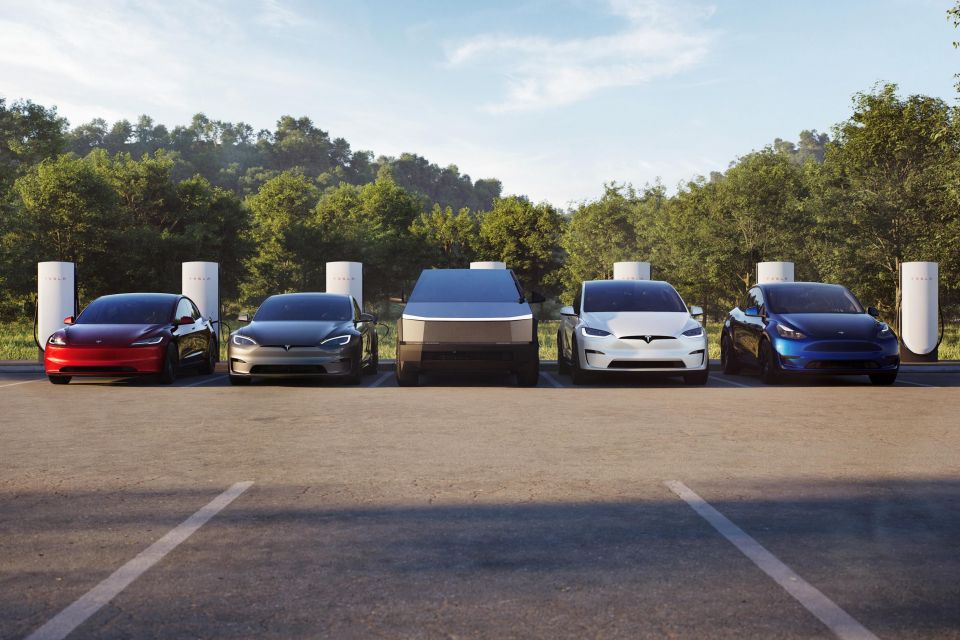
Mr Musk has spoken previously of a US$25,000 (A$38,052) vehicle to open the Tesla range. Its most affordable model, the Model 3, opens in the US at US$35,990 (A$54,780); it starts at A$61,900 in Australia.
But the biography suggests the Tesla boss was unenthusiastic about the vehicle. That’s despite Chinese brands like BYD rolling out increasingly affordable EVs, putting the squeeze on the American brand in the crucial Chinese market.
Mr Musk has previously stated a goal of selling 20 million EVs in 2030, which despite the enormous popularity of the Model 3 and Model Y is an extremely challenging goal.
For context, Toyota sold 11.2 million vehicles worldwide in 2023, while Tesla delivered 1.81 million vehicles.
Tesla’s growth recently hit a stumbling block, reporting its lowest quarterly deliveries since 2022 for the first quarter of 2024.
In its first quarterly financial report of 2024, Tesla announced it had produced 433,371 vehicles between January and March – but only delivered 386,810 examples globally.
MORE: Tesla finally set to reveal robotaxi, claims Elon Musk
Trusted Reviews, Smarter Choices, Better Prices
Where expert car reviews meet expert car buying – CarExpert gives you trusted advice, personalised service and real savings on your next new car.
William Stopford is an automotive journalist with a passion for mainstream cars, automotive history and overseas auto markets.
You might also like
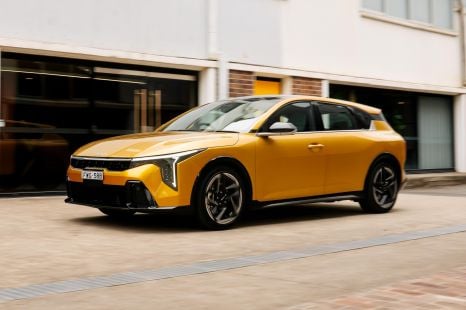

James Wong
2026 Kia K4 review
3 Days Ago
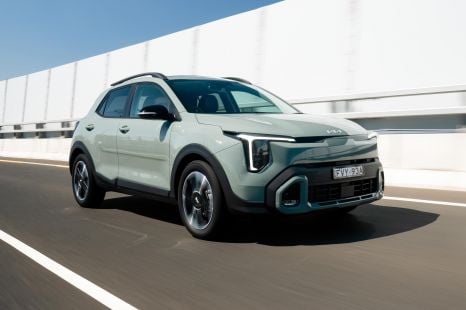

James Wong
2026 Kia Stonic review
3 Days Ago
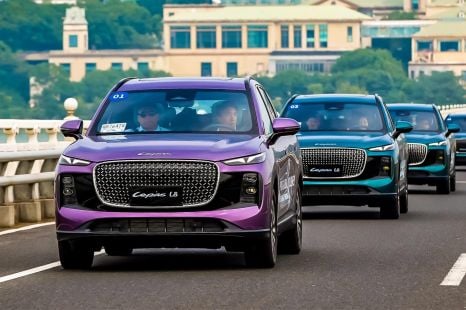

Andrew Maclean
2026 Lepas L8 review: Quick drive
3 Days Ago
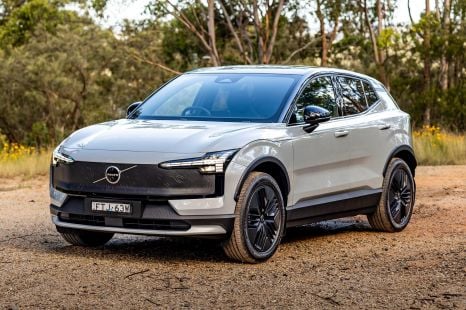

Matt Campbell
2026 Volvo EX30 review
2 Days Ago
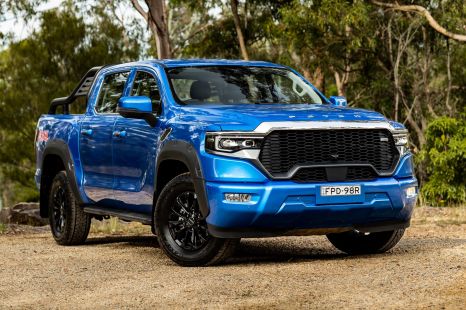

Matt Campbell
2026 Foton Tunland V9-L review
1 Day Ago
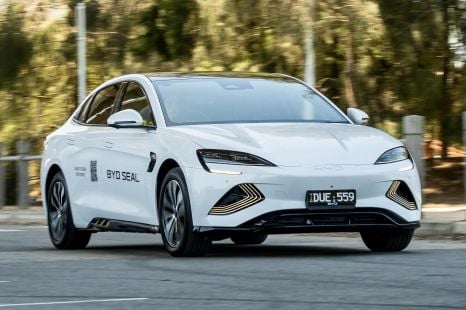

Max Davies
2026 BYD Seal review
1 Hour Ago

